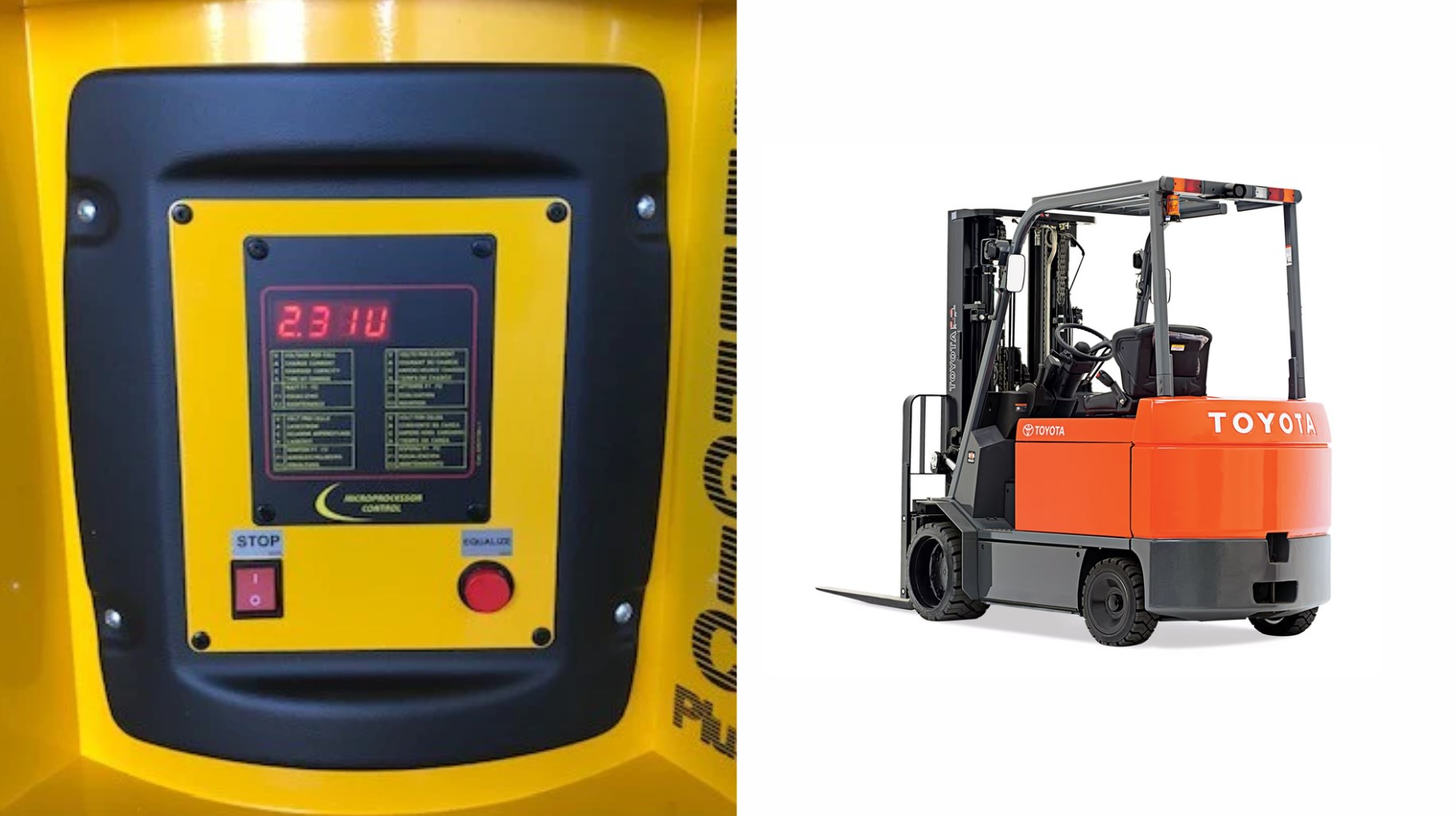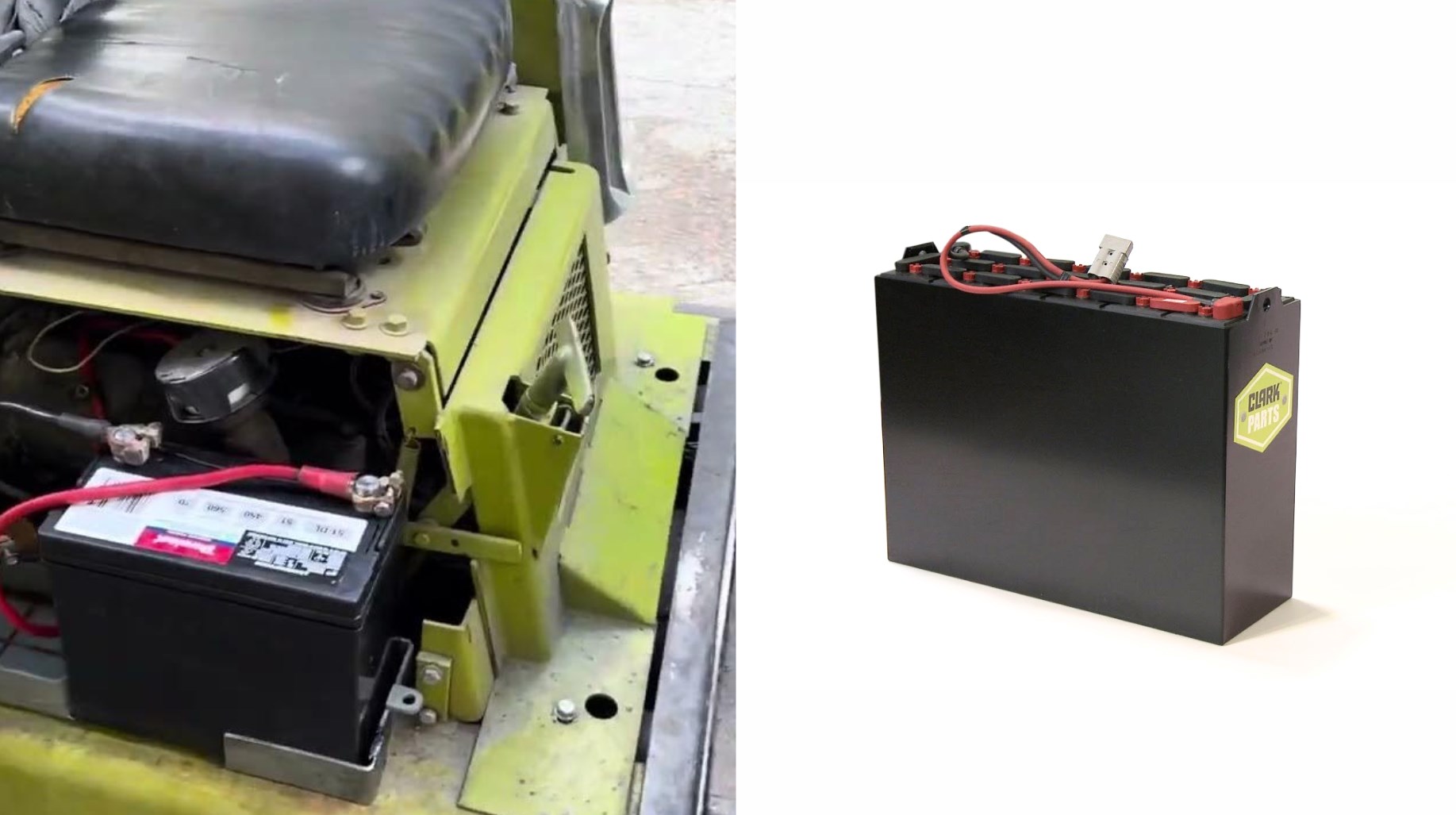Understanding the Discharge Characteristics of LiFePO4 Batteries
Lithium Iron Phosphate (LiFePO4) batteries have gained significant popularity in various applications, particularly in floor cleaning machines. As a leading LiFePO4 battery manufacturer, Redway Battery is committed to delivering high-quality batteries with tailored solutions for wholesale and OEM customers. Understanding the discharge characteristics of LiFePO4 batteries is crucial for optimizing performance and ensuring longevity in demanding applications.
LiFePO4 batteries provide steady power during discharge, maintaining consistent voltage until nearly depleted. This reliability is great for floor cleaning machines that need dependable energy throughout their operation!
What are Discharge Characteristics?
Discharge characteristics refer to how a battery releases stored energy over time under specific conditions. This includes the voltage output, current capacity, and temperature behavior during the discharge cycle. For LiFePO4 batteries, these characteristics determine how effectively the battery can power equipment, such as floor cleaning machines, during operation.
Key Discharge Characteristics of LiFePO4 Batteries
1. Voltage Stability
One of the most notable features of LiFePO4 batteries is their voltage stability during discharge. Unlike other lithium-ion batteries that may experience significant voltage drops, LiFePO4 batteries maintain a consistent voltage level until the end of their discharge cycle. Typically, a LiFePO4 cell operates at a nominal voltage of around 3.2V to 3.3V. This stability ensures that equipment powered by LiFePO4 batteries operates efficiently throughout the discharge period, which is particularly beneficial for continuous-use devices like floor cleaning machines.
2. High Discharge Rates
LiFePO4 batteries are known for their ability to handle high discharge rates without compromising performance. They can deliver a discharge current of up to 3C or higher, which means that a 100Ah LiFePO4 battery can theoretically provide 300A for short periods. This characteristic is critical for applications requiring bursts of power, such as powering motors in floor cleaning machines. The ability to sustain high discharge rates contributes to enhanced performance and operational efficiency.
3. Depth of Discharge (DoD)
The depth of discharge (DoD) indicates how much of the battery’s capacity can be utilized without adversely affecting its lifespan. LiFePO4 batteries support a DoD of up to 80% or more, which is significantly higher than traditional lead-acid batteries. This means that users can leverage a larger portion of the battery’s energy storage capacity without risking damage or reduced cycle life. For businesses relying on floor cleaning machines, this translates into longer working hours between charges.
4. Temperature Performance
Temperature significantly affects battery performance. LiFePO4 batteries exhibit impressive thermal stability, allowing them to operate effectively in a wide range of temperatures, typically from -20°C to 60°C. During discharge, LiFePO4 batteries maintain their efficiency even in extreme conditions, making them suitable for various environments where floor cleaning machines may be used. This resilience ensures consistent performance regardless of external conditions.
5. Cycle Life and Longevity
The cycle life of a battery is a critical factor for any business investment. LiFePO4 batteries are renowned for their long cycle life, often exceeding 2000 to 5000 cycles depending on usage and maintenance. This longevity is primarily due to their stable chemical composition, which minimizes degradation over time. In practical terms, this means that businesses investing in LiFePO4 batteries for their floor cleaning machines can expect lower replacement costs and reduced downtime, maximizing productivity.
6. Self-Discharge Rate
LiFePO4 batteries have a low self-discharge rate, typically around 3% per month. This characteristic is advantageous for applications where batteries may not be used frequently. The low self-discharge ensures that when equipment is stored or not in use, the batteries retain their charge for extended periods, making them ideal for seasonal or intermittent applications.
Advantages of LiFePO4 Batteries in Floor Cleaning Machines
Enhanced Safety Features
LiFePO4 batteries are often considered one of the safest lithium battery options due to their inherent thermal stability and non-toxic materials. They are less prone to overheating, fire, and explosion compared to other lithium-ion chemistries. This safety aspect is vital for floor cleaning machines, which operate in various environments where safety is a priority.
Environmentally Friendly
LiFePO4 batteries are also environmentally friendly, as they do not contain harmful heavy metals like cadmium or lead. Their recyclable nature and lower environmental impact align with the growing demand for sustainable solutions in industrial applications, making them a suitable choice for businesses looking to enhance their sustainability profile.
Cost-Effectiveness Over Time
While the initial investment in LiFePO4 batteries may be higher than traditional lead-acid batteries, their long-term cost-effectiveness cannot be overlooked. The combination of longer cycle life, reduced maintenance needs, and lower operational costs makes LiFePO4 batteries a financially savvy choice for businesses relying on floor cleaning machines.
Conclusion
In summary, understanding the discharge characteristics of LiFePO4 batteries is essential for businesses seeking reliable and efficient power solutions for floor cleaning machines. With their impressive voltage stability, high discharge rates, substantial depth of discharge, excellent temperature performance, and long cycle life, LiFePO4 batteries offer numerous advantages that set them apart from conventional batteries. As a leading manufacturer, Redway Battery is equipped to provide customized LiFePO4 battery solutions that meet the specific needs of wholesale and OEM customers globally.
For tailored solutions and quick quotes on LiFePO4 batteries for your floor cleaning machines, contact us today!
Latest News
- New research highlights that LiFePO4 batteries exhibit stable discharge characteristics across various temperatures.
- Comparisons show they outperform traditional lithium-ion counterparts in maintaining consistent power output during discharge cycles.
- Industry experts advocate for using this technology where stable power delivery is crucial.
Redway Expert Comment
“Understanding the discharge characteristics of LiFePO4 batteries reveals their superiority over traditional lithium-ion options. Their ability to deliver stable power output even under varying temperatures makes them ideal for demanding applications. This reliability ensures consistent performance—an essential factor as industries increasingly rely on efficient energy storage solutions.”


